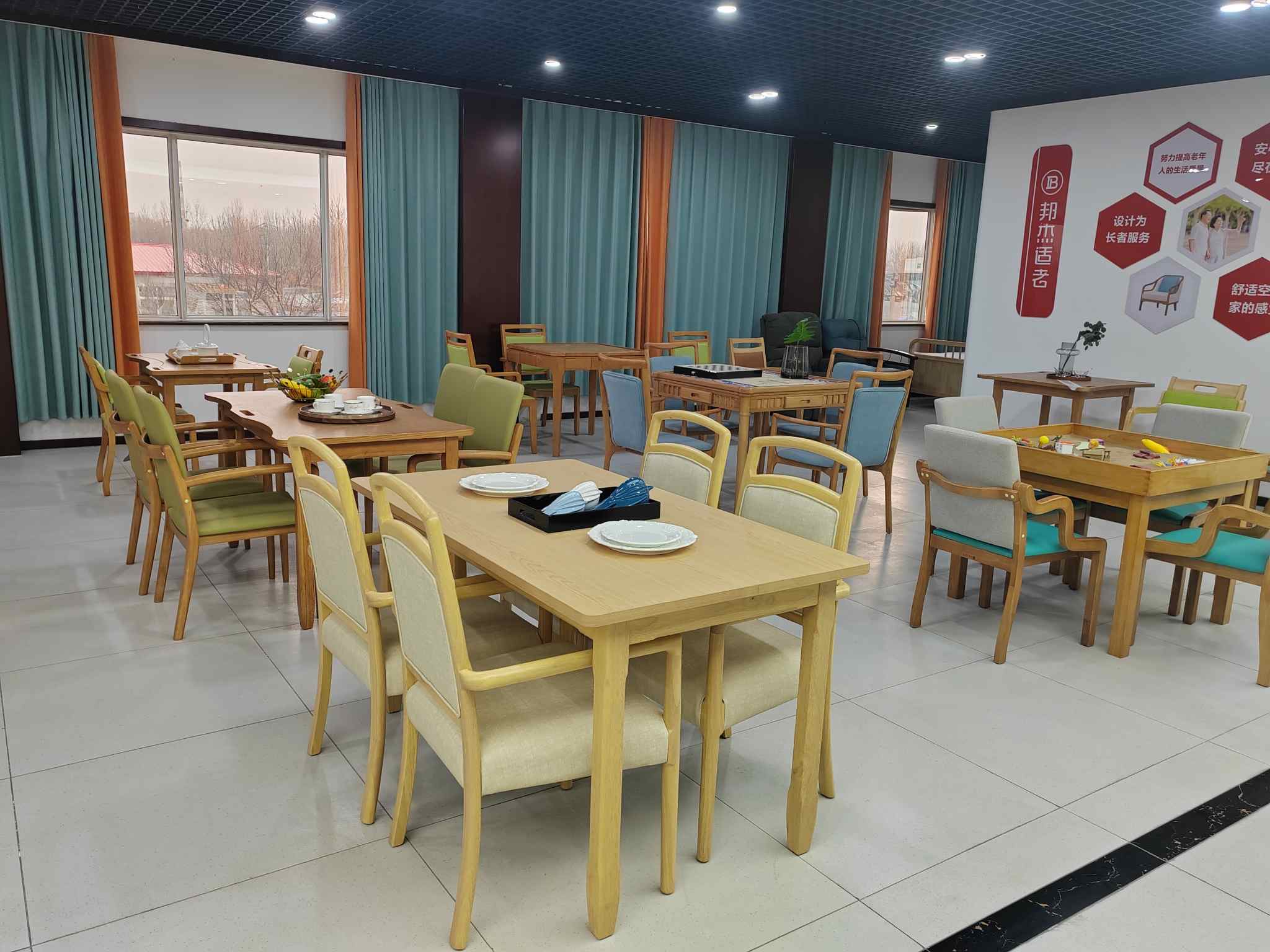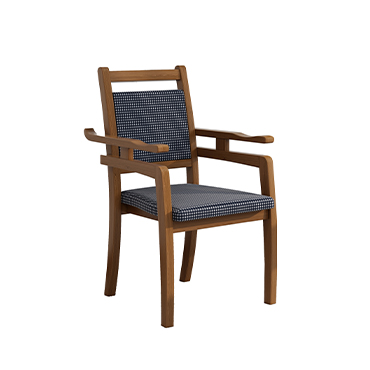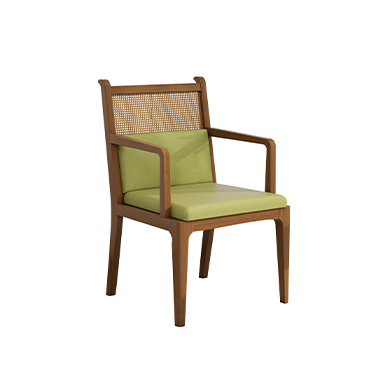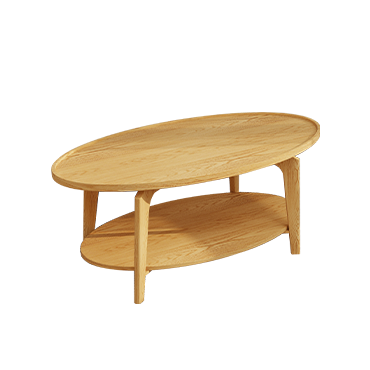How to Choose the Right Seat Cushion for People Requiring Care
For individuals who have difficulty standing or correcting their posture independently, sitting for long periods can cause overall body pain. Poor posture often worsens over time, leading to discomfort or even serious health issues. Seat cushions are an effective tool to enhance comfort and support for those in care.
Why a Seat Cushion Matters
For healthy, active individuals, a seat cushion may seem like a simple way to relieve buttock pain. For people who require care, however, a proper seat cushion is essential for maintaining comfort while sitting.
Supports posture: People with weakened muscles or limited mobility may experience pain or difficulty when sitting. A cushion that corrects body tilt can allow for comfortable sitting without unnecessary pressure.
Avoid over-cushioning: Too many cushions or excessively thick cushions can cause instability, preventing feet from reaching the floor and making it harder to maintain proper posture. Proper cushion selection should prioritize comfort and stability.
How to Choose a Cushion Based on Firmness
Care seat cushions vary in hardness, shape, and material. Here are some guidelines to help choose the most suitable type:
1.Cushions That Distribute Body Pressure
Wheelchair cushions, unlike standard chairs, may not be soft enough, causing buttock pain or increasing the risk of pressure ulcers. Choose cushions that effectively distribute body pressure and consider materials that can be secured with Velcro or similar fasteners to prevent slipping.
2.Soft Cushions for Feet and Limbs
If joints are stiff, soft and flexible cushions can support the area between the knees or along the body sides. Cushions shaped like boomerangs or curves can be convenient for sitting or reclining, and smooth surfaces reduce skin irritation.
3.Firmer Cushions for Stability
If there is a gap between the chair and the body or if the individual tends to tilt, firmer cushions can provide side support. Memory foam cushions are especially useful for pressure distribution and stability, and flat memory foam can be placed between the back and seat if the chair back is hard.
Key Features to Consider When Choosing a Care Cushion
1.Removable and Washable Covers
Seat cushions are often exposed to sweat, saliva, or spills, so covers should be removable and machine-washable for easy cleaning. Fast-drying fabrics are particularly convenient.
2.Cushions That Maintain Shape
Cushions that deform or distribute filling unevenly may not provide the intended support. Materials like bead-filled cushions are less likely to deform, but it is important to verify durability before purchasing.
3.Smooth, Skin-Friendly Fabric
Aging skin is more fragile and prone to dryness, irritation, or wounds. Smooth, non-abrasive cushion covers reduce the risk of skin damage and are especially important for individuals who spend long periods sitting.
Conclusion
Selecting the right seat cushion for people requiring care is crucial for comfort, posture support, and skin protection. Consider the cushion’s firmness, shape, material, and maintenance features to ensure long-term usability. The correct cushion not only improves comfort but also reduces the risk of pressure sores and supports overall well-being for those in care.





